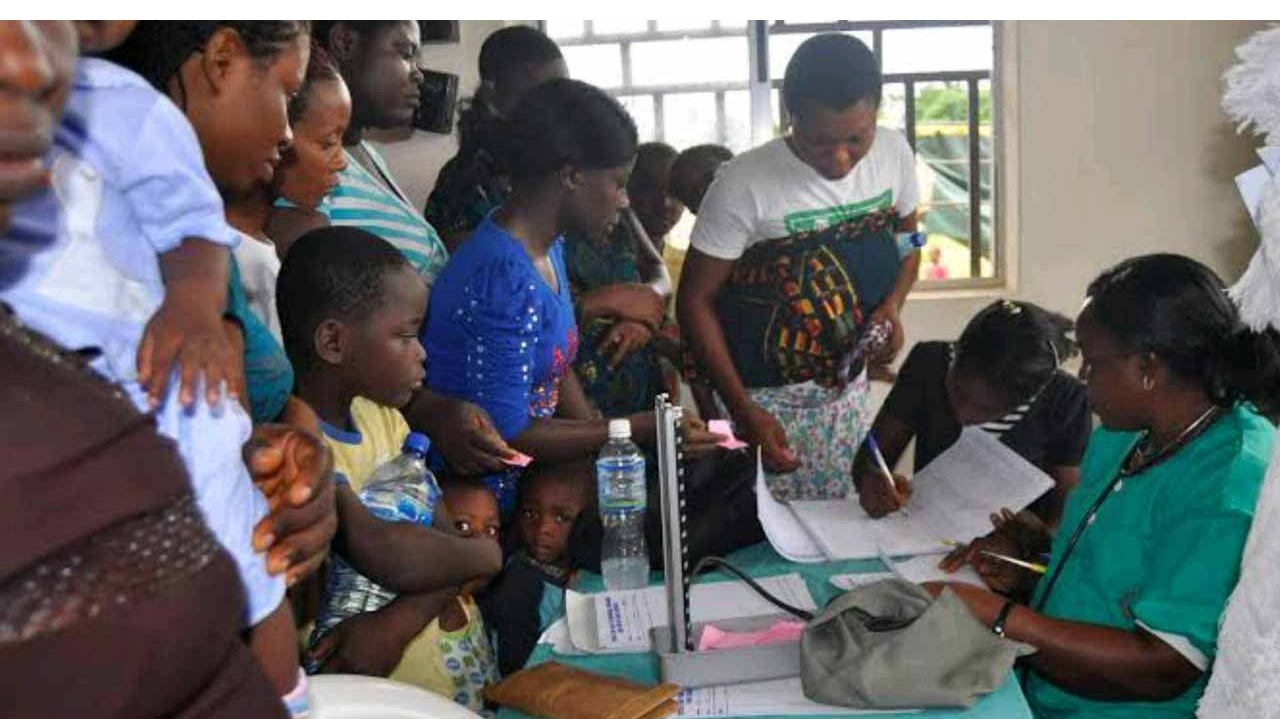In Nigeria, access to quality healthcare remains a daunting challenge, especially for the poor and vulnerable populations.
This crisis is particularly acute in the South East region, where inadequate infrastructure, insufficient funding, and systemic inefficiencies combine to create a healthcare environment that often fails those who need it most.
For many Nigerians living in poverty, a single health emergency can trigger a devastating financial spiral, underscoring the harsh reality of healthcare inequity in the country.
The Health Bill Trap and Its Impact on the Poor
One of the most pressing issues facing Nigeria’s poor is the overwhelming reliance on out-of-pocket payments for medical care.
Without widespread health insurance coverage, many Nigerians are forced to pay directly for healthcare services, often leading to catastrophic expenses.
This phenomenon, known as the “health bill trap,” pushes families into poverty after just one emergency medical event.
In the South East and other regions, public hospitals are frequently under-resourced and overwhelmed, struggling to provide adequate care.
Meanwhile, private hospitals, which often offer better facilities, remain prohibitively expensive for low-income families.
This creates a two-tiered healthcare system where quality care is effectively reserved for those who can afford it, leaving the poor with limited options and often substandard treatment.
The financial burden also causes many to delay or abandon treatment altogether.
Patients frequently postpone seeking care until their conditions worsen, resulting in more complex and costly interventions.
In some cases, hospitals refuse admission if patients cannot pay upfront deposits, a harsh reality that exacerbates health disparities and increases mortality rates.
Underfunded and Overburdened Healthcare Infrastructure
The South East’s healthcare infrastructure reflects broader national challenges.
Despite Nigeria’s 2025 budget allocating ₦2.56 trillion to health, this falls far short of the ₦7.46 trillion recommended by the Abuja Declaration, leaving a funding gap of nearly ₦4.9 trillion.
This shortfall severely limits the ability to upgrade facilities, procure essential medicines, and improve service delivery.
Primary healthcare centers, the frontline for most rural and poor communities, remain particularly neglected.
Many are understaffed and lack basic equipment, reducing their effectiveness in managing common illnesses and maternal health.
The Basic Health Care Provision Fund (BHCPF), designed to strengthen primary healthcare, has yet to fully bridge these gaps.
It has left many vulnerable groups, especially children under five, pregnant women, and the elderly, without reliable access to essential services.
The Human Cost: Stories from the South East
The consequences of poor healthcare access are deeply felt in the South East.
Families often face heartbreaking choices between paying for medical care and meeting basic needs like food and shelter.
For example, many poor households have been forced to sell assets or take loans to cover medical bills, sometimes with tragic outcomes.
The shortage of healthcare professionals compounds the problem.
Many skilled workers leave Nigeria for better opportunities abroad due to poor working conditions and low pay, further straining the already limited workforce.
This brain drain leaves hospitals understaffed and unable to provide timely, quality care, especially in rural and underserved areas.
The Need for Health Insurance and Sustainable Financing
Expanding health insurance coverage is critical to breaking the cycle of poverty linked to healthcare expenses.
Currently, less than 10% of Nigerians are enrolled in health insurance schemes, with many unaware of the benefits or distrustful of providers.
Without insurance, the poor remain vulnerable to catastrophic health costs.
Efforts to increase enrollment, such as the National Health Insurance Authority’s recent push that raised coverage to nearly 20 million Nigerians, are steps in the right direction.
However, these gains must be accelerated and accompanied by public education to build trust and understanding, especially in regions like the South East.
Towards a Healthier Future for the Poor
Addressing the plight of the poor in Nigeria’s healthcare system requires a multifaceted approach:
Increased and strategic funding: Bridging the health budget gap is essential to upgrading infrastructure, supplying medicines, and improving staffing, particularly in primary healthcare centers.
Strengthening primary healthcare: Making primary care the backbone of the health system ensures early intervention, reducing the need for costly hospital treatments.
Expanding health insurance: Scaling up affordable and trusted insurance schemes will protect families from catastrophic expenses and encourage timely care-seeking.
Retaining healthcare professionals: Improving working conditions and remuneration can reduce brain drain and enhance service quality.
Community engagement and education: Building awareness about health insurance and preventive care can empower the poor to make informed health decisions.
Conclusion
For Nigeria’s poor, especially in the South East, the current healthcare landscape is fraught with risks that extend beyond illness to financial ruin and social vulnerability.
The “health bill trap” is a harsh reality that demands urgent policy attention and investment.
While the challenges are formidable, targeted reforms and sustained commitment can transform the healthcare system.
It can be transformed into one that protects the most vulnerable and offers hope for a healthier, more equitable future.
Without such changes, the fate of the poor in Nigeria remains precarious, trapped in a cycle of illness and poverty that threatens generations to come.



